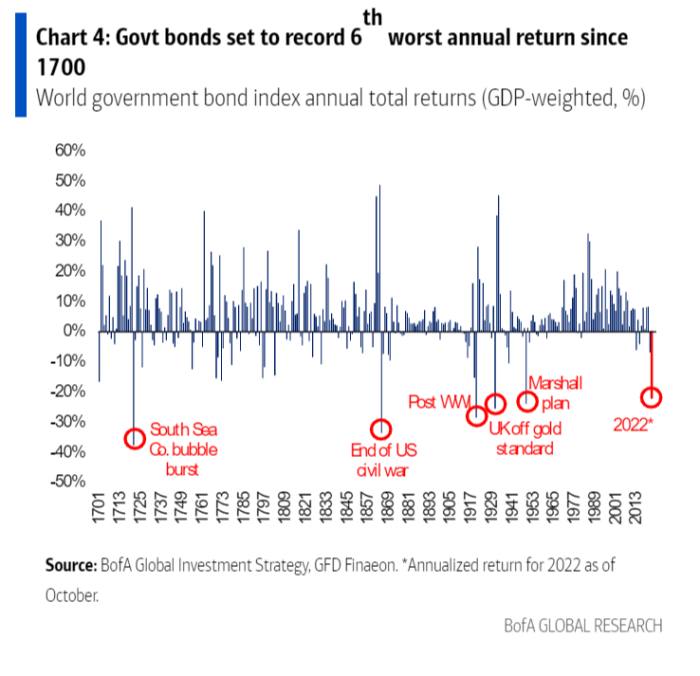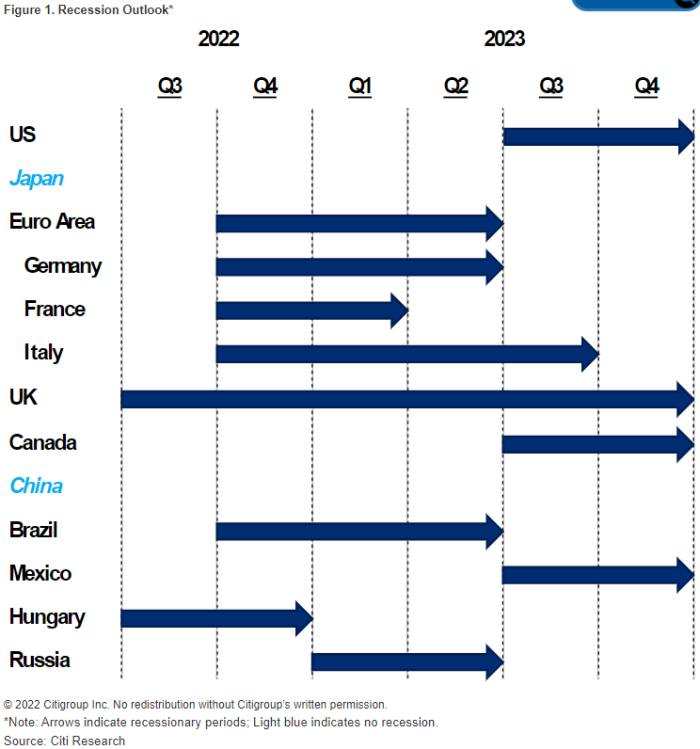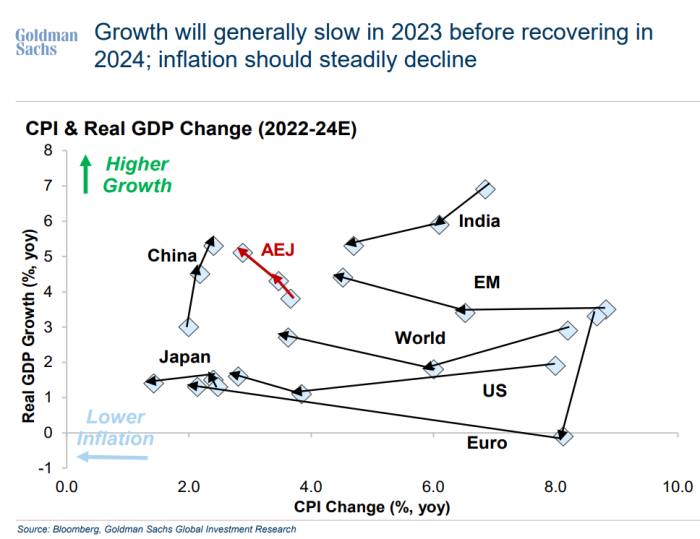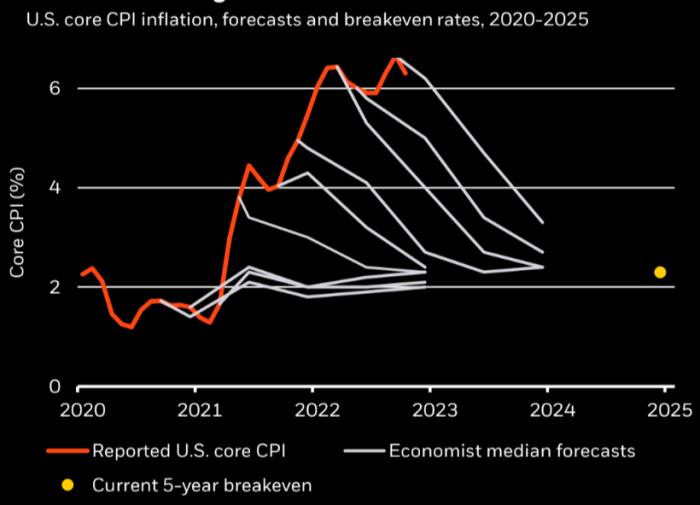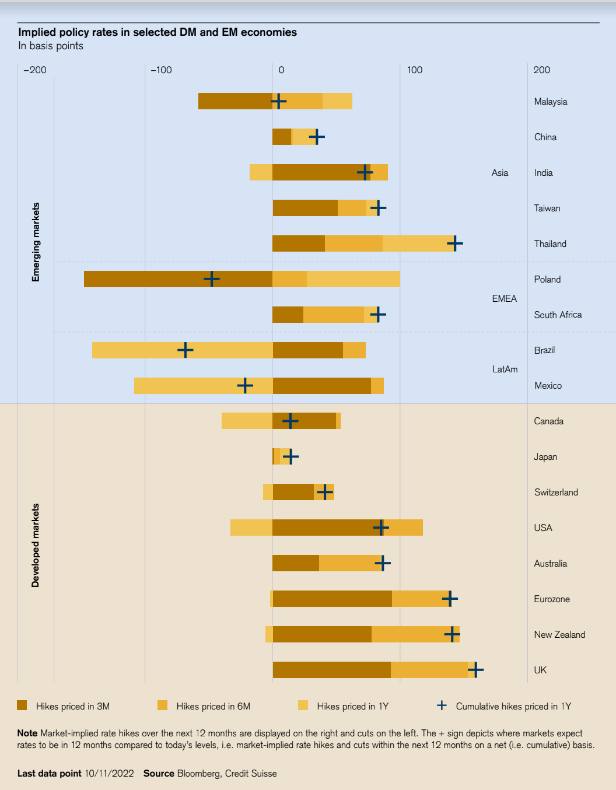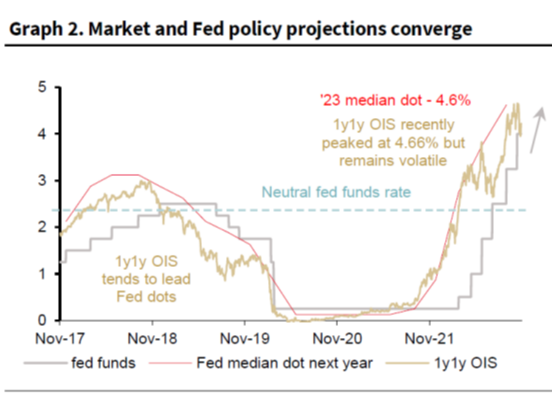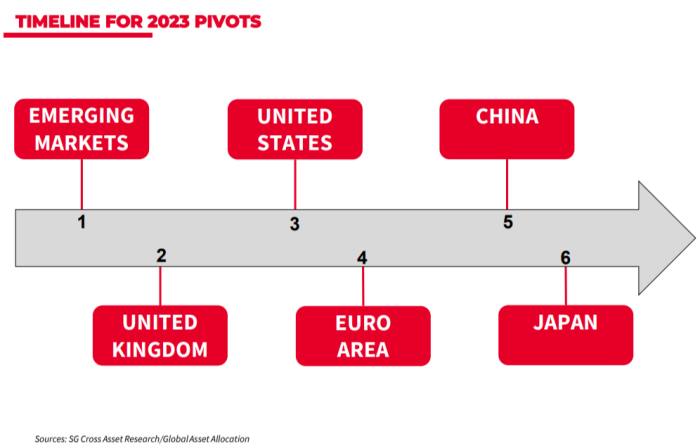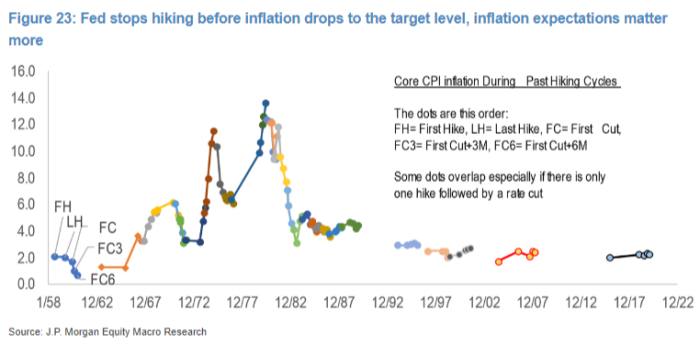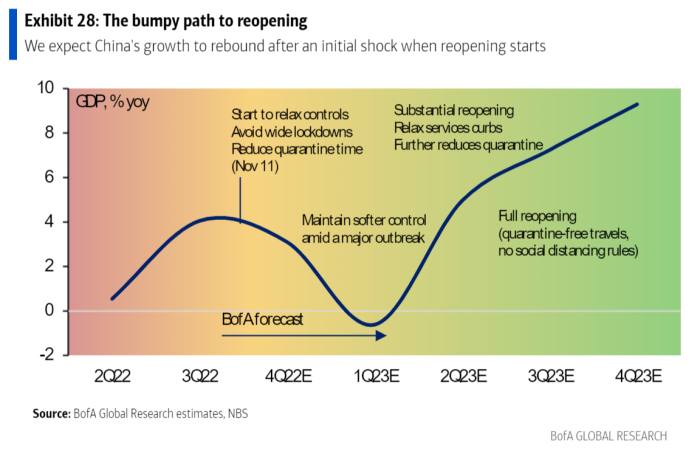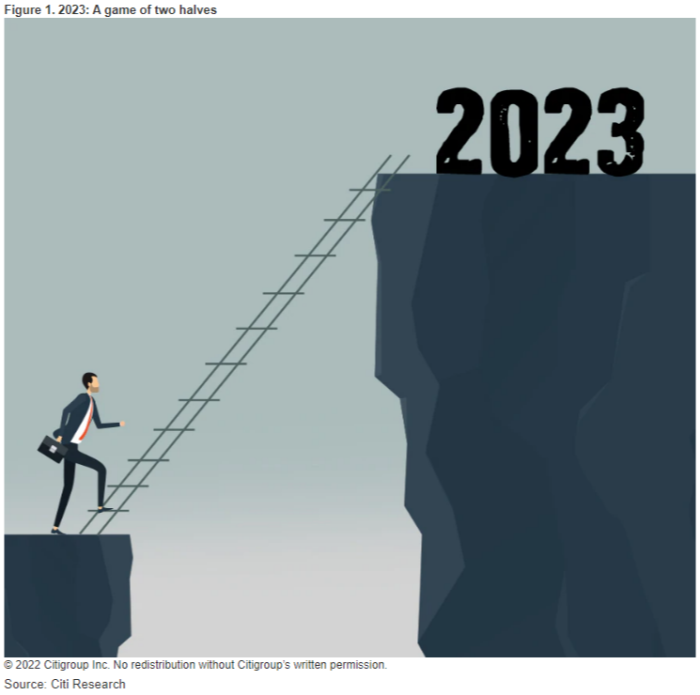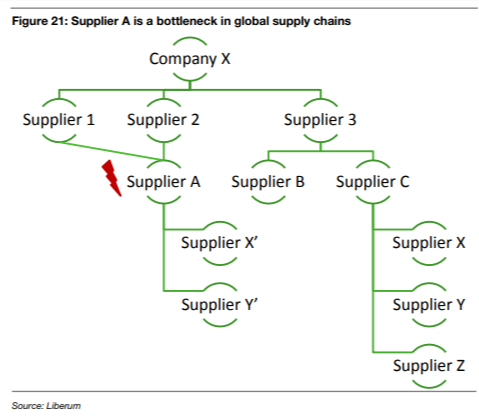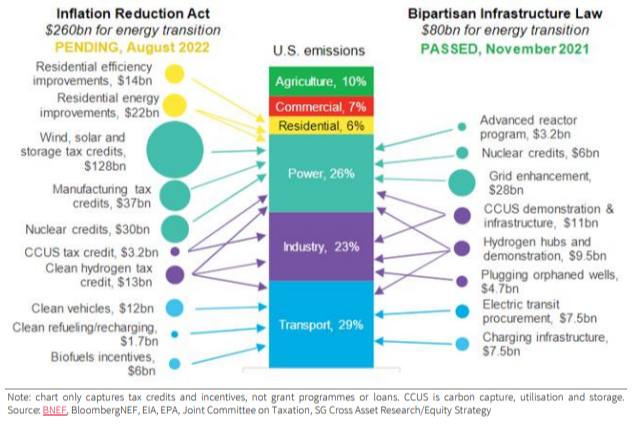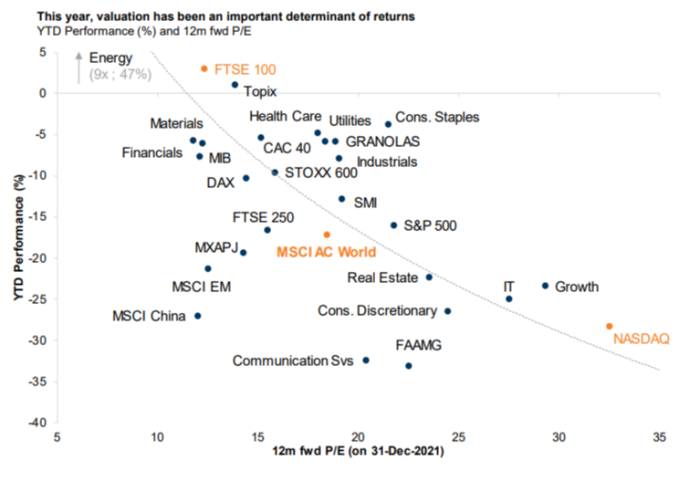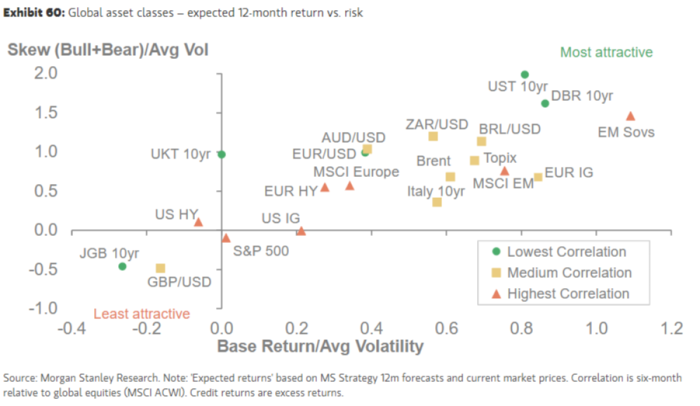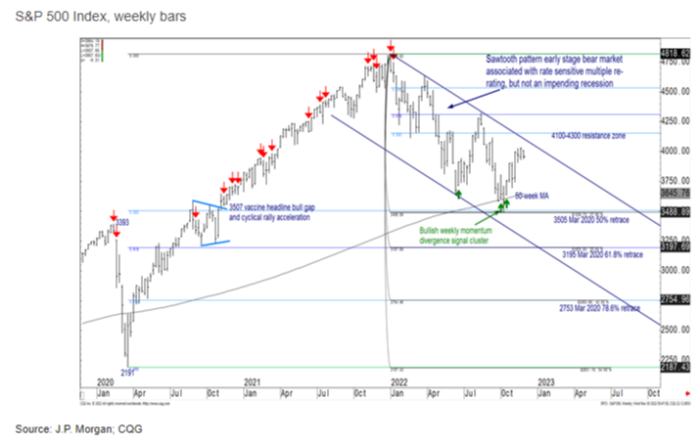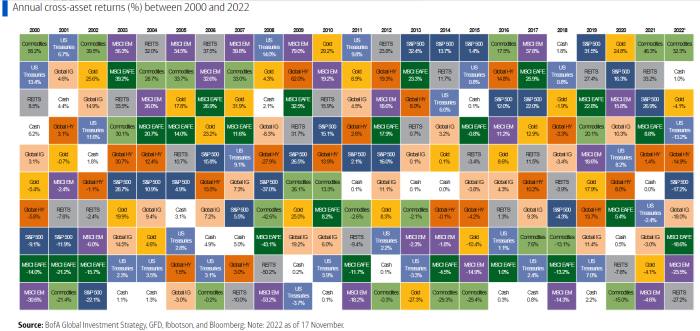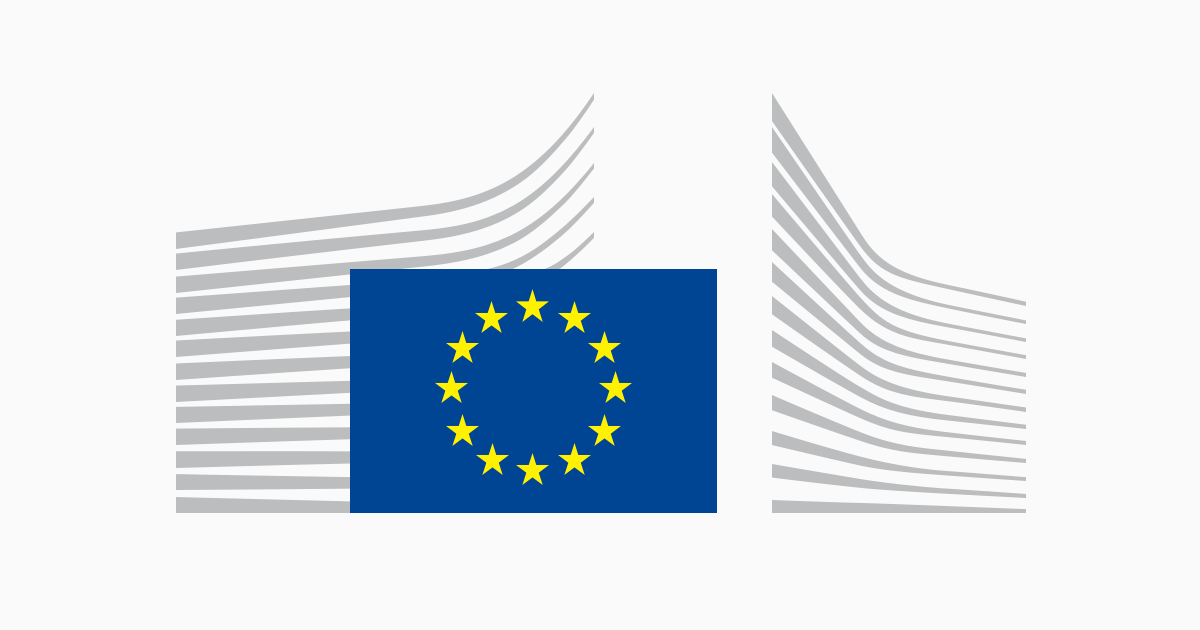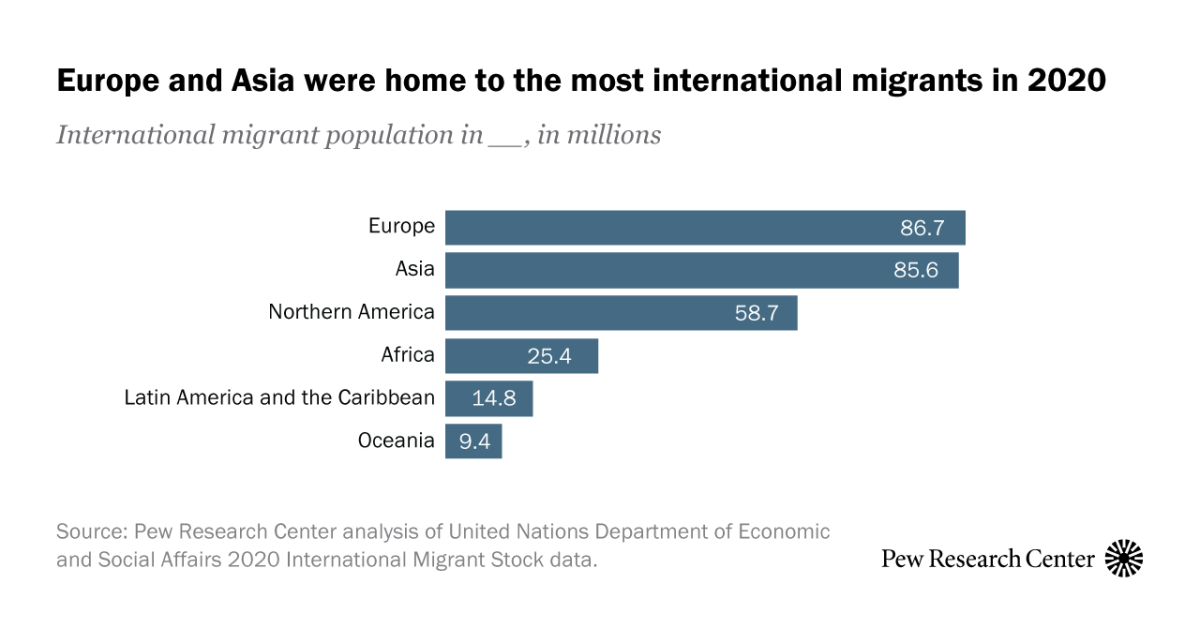The factor about macroeconomic forecasting is that it’s extraordinarily sophisticated. It is not simply drawing strains on a graph, as illustrated by the under chart from Morgan Stanley:
But even permitting for these many complexities, 2022 has been a difficult yr to foretell. Its outlier standing may be demonstrated by this 322-year knowledge snapshot from Financial institution of America:
Fortunately, the themes of 2023 look like far more predictable. In actual fact, judging by the slew of year-end economics and markets technique previews touchdown in current weeks, they’re an identical to the present funding consensus.
Everybody appears to agree that international GDP progress will hold slowing, and that inflation will crest however stay sticky. Central banks will hold tightening, albeit not fairly so rapidly. A Fed-induced recession will tame the US shopper spending binge, however family, company and financial institution stability sheets will all stay typically wholesome. In sum, which means all the same old titles — The Nice Rotation; Welcome to the New Regular; At A Crossroads; The Sum of All Fears; Darkest Earlier than Daybreak; The Altering World Order — may be recycled as soon as once more.
When opening a year-ahead preview it’s good to be downbeat, corresponding to with a reminder that recession is coming practically in all places. The under Dad’s Military title graphic by way of Citigroup makes use of the technically appropriate measure of two or extra quarters:
So for an investor, the important thing might be understanding the regional interaction between slowing progress and slowing inflation. Enlightenment may be discovered someplace, someway, inside this GDP/CPI zodiac constellation from Goldman Sachs:
After all, previous efficiency on inflation forecasting is commonly indicative of future returns. BlackRock offers the frond chart:
However there’s no arguing with charges markets. The cash says rates of interest are going to go up rapidly, besides the place they’re going up slowly or are taking place, per Credit score Suisse:
About now, a cynical reader may level out that cash markets are practically as unhealthy long-term at predicting charges as economists are at predicting inflation . . .
Nonetheless! With international inflation (in all probability) peaking, 2023 will (in all probability) be the yr of the pivot.
Predicting precisely when central banks pause is past the scope of any economist, it appears, however at the very least some are keen to have a stab on the order. That’s SocGen’s methodology:
One other approach to method the timing query is to quote precedent. Under, apparently, is JPMorgan plotting of a Fed pivot round inflation expectations:
The most important identified unknown of 2023 is China. Economists are, typically talking, not skilled both in virology or political science. However like BofA under, they’re keen to provide each a bash:
Rising markets are largely depending on Chinese language policymaking so logic says they’re unattainable to name. Fortunately, logic isn’t a prerequisite when producing client-focused content material. The consensus recommendation due to this fact is to purchase in anticipation of China’s rebound together with a looser US financial circumstances, however don’t purchase any time quickly as a result of EM recessions might be deep and lengthy.
Citi illustrates the quandary of near-term warning round EMs with . . . a soccer cliché hooked up to an unshaven businessman with a ladder?
Additionally, China’s reopening is just constructive if provide chains begin working once more. However provide chains are complicated and fulminous, as illustrated right here by Liberum:
On the flipside, there’s at all times cash in greenwashing. Right here’s SocGen as an example the place a few of that money may land:
Valuationwise, some markets are trying low-cost and others should not.
OK — banks may say each single yr that now could be the time to be selective, favour high quality over issues that aren’t high quality, and so forth. However this time they actually imply it! Simply have a look at this thrilling scatter chart from Goldman:
And have a look at this much more thrilling scatter chart from Morgan Stanley, which casts ahead the forecasts whereas including in correlations and relative volatility:
So in conclusion . . . wait, what? There’s nonetheless a technical analyst on the JPMorgan payroll? Positive. Let’s have it:
. . . so in conclusion, we’ll in all probability have to do greater than cherry-pick the weirdest trying graphs to put in writing a correct abstract of the year-ahead previews. Till time permits, nonetheless, it seems your choices for navigating the approaching 12 13 months may be summarised both by a paint sampler chart from BofA . . .
. . . or, from Credit score Suisse, by a prepare rushing away from a QR code labelled “discover out extra”:


